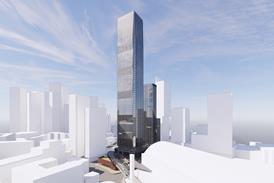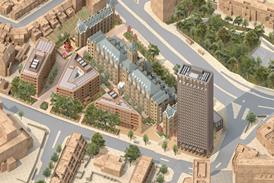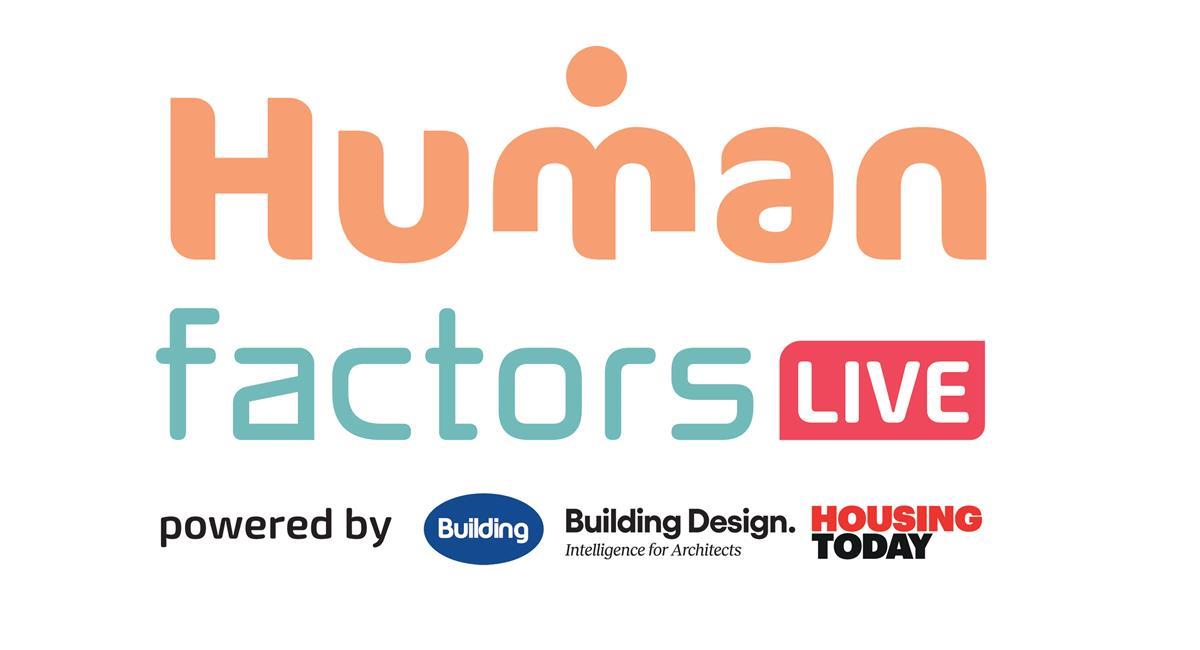What should Sadiq Khan’s next spatial development strategy for Greater London consist of? Ben Derbyshire looks at the key issues of debate

I won’t regale you yet again with statistics that tell the story of the nightmare shortage and escalating costs of housing in London.
We all know this disaster only too well – from our own personal experience of family members priced out of the market, or the increasing numbers of street sleepers we see huddling in shop doorways, under fly-overs and bridges.
An event later this month run by the London Society and the London Forum, of which I’m president, should be an opportunity for our active membership to contribute to the formulation of the next London Plan and in preparation, I’ve been anticipating some of the questions our audience may raise.
By the time we meet, early thinking on the plan will hopefully have been revealed in the GLA’s high level paper on the plan originally scheduled for February. I’ll be interested to hear reactions to development that has been taking place over the life of the current plan, while the new one will need to accommodate greatly increased targets for new supply and provide for development in areas already designated as green belt, and newly identified as grey belt.
Of course, I’m already fully aware of the growing unease about hyper-dense housing schemes cropping up across the city.
Since the first Mayor of London scrapped limits on density, and as a consequence of the shortage of public funding for housing, schemes built on the cross-subsidy development model rely on ‘affordable’ housing funded from profitable apartments for sale. Viability for such developments demands ever increasing density and height.
Alternatively, as we did in the last century, we might build more council housing. For some, the idea of using public money to enable people on low incomes to live where and how they could not otherwise afford is anathema.
Council-built homes are as critical now as when we were building Homes for Heroes
But the fact is, since there is no immediate prospect of being able to build the sheer volume that would be required to flood the market with cheaper homes. Council-built homes are as critical now as when we were building Homes for Heroes. So the government’s commitment of a further £2bn for affordable housing is a huge boost.
It is a somewhat technical point, but are we demanding standards that are just too complex? The fact is that familiar and popular models from the past, such as mansion blocks, are ruled out by an increasingly demanding regime of standards and guidance. The last government, convened an expert panel to consider this, concluding that on larger schemes at least some more demanding standards should be selectively relaxed. Are we cutting off the nose to spite the face of London’s housing?
Are we demanding standards that are just too complex?
Aside from the major opportunities, are we doing enough to fill in the little gaps across the city? At the examination in public of the current London Plan the inspector halved the aspiration for 250,000 new homes to be developed on small sites mostly in the outer boroughs for the self-defeating reason that the planning system would be overwhelmed. So, would members of our London societies support the easing of planning constraints to enable this invisible darning?
What quid pro quo for development on green/grey belt land will Londoners accept – surely not a free-for-all of typically low grade speculative suburban development? What demands should we make in return for this new freedom?
The government has proposed golden rules by way of justification and I’d expect Londoners will want to see really efficient use of land, social housing, access to infrastructure and amenities but above all real boosts to the natural environment in return for this give-away.
To justify all this additional floorspace, I’d expect Londoners to be much less tolerant of empty buildings. Why build new when there is so much we can re-use? Historic England has estimated there’s capacity for 670,000 homes in empty buildings nationwide – a significant proportion of that in London, no doubt. The answer is not to be found in low quality commercial conversion under permissible development rights. Should we back tough fiscal levers accompanied by appropriate planning requirements on re-purposed floor space?
I don’t think that its citizens have anything like enough say on the crucial provision of homes for London. I hope this event will at least be a small contribution to airing vox populi. I’ll let you know either way.
Postscript
Ben Derbyshire is chair at HTA Design
















No comments yet